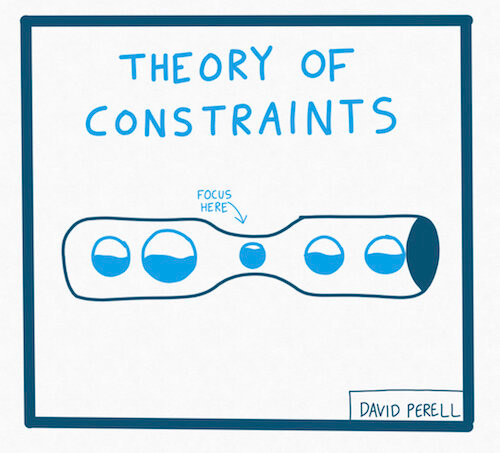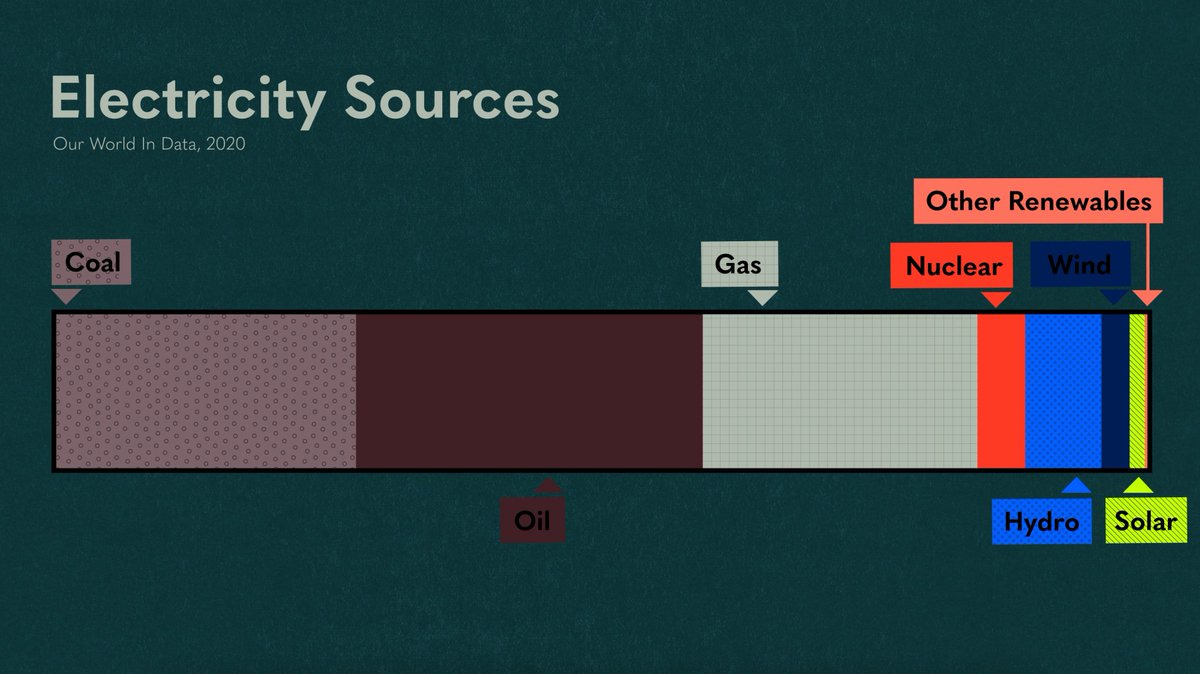[AKN #87] Improve Until You Are Good Enough Then Move On
LAUGH: 2 Funny Jokes From This Week, LOVE: Energy Is Not The Bad Guy
Sup homies?
Yep. He slapped him.
And totally. I agree with exactly what you think.
You’re so smart and somehow completely captured all the nuances that needed to be said about it.
I especially think your second point is really not talked about enough.
Can I just say that your ability to have your finger on the pulse of COVID variants, Ukraine, and Hollywood is awe inspiring.
The entire world and you yourself are better off thanks to your award winning investigative journalism.
I’m just so glad that your interest in the newest story is not a subconscious defense mechanism deployed by your mind to distract you from working on the uncomfortable stuff in your life which you could actually change.
That would be a real travesty.
On to the newsletter!
LIVE: Improve Until You Are Good Enough Then Move On
In college, I studied the speed of manufacturing — a discipline focused on the art and science behind producing the maximum number of widgets in a fixed period of time.
There is a lot of math and boring theory behind it, but the most versatile learning from it is the Theory of Constraints.
Theory of Constraints states that the maximum number of widgets you can make in a fixed period of time is limited by at least one “constraint” or “anything that prevents the system from making more.”
To illustrate this theory, let’s look at an example of a widget manufacturing process which requires combining 3 components — X, Y, and Z.
In one hour, you can make:
10 Xs
3 Ys
7 Zs
So how many widgets can your system make in an hour?
Three. Because widgets require an X, Y, AND Z.
Therefore, your manufacturing process is “bottlenecked” by the number of Ys you can make.
How would you fix that?
Simple. Increase your capacity to make more Ys per hour by buying another machine, hiring more workers, or instilling the fear of God into your workers to work harder.
However, there are limits to how much you can increase the number of widgets by adjusting your capacity to make Ys.
Specifically, increasing your Y capacity only works until you get to making 7 Ys an hour.
Because at that point, your bottleneck has changed to both Y AND Z.
So if you wanted to make more widgets, you would NOW need to increase both the number of Ys AND the number of Zs you could make.
Now obviously this is mind blowingly cool on its own, but the cooler thing is how generalizable this thought process is across the rest of life.
Everywhere you look whether it be getting in shape, improving at computer programming, or cranking out blog posts, this same theory of constraints exists.
Every single system or process in your life is limited by some step which needs to be improved first in order for you to get closer to achieving your goal.
However, if you keep improving that step, you are going to reach a point of diminishing returns because at some point that step is no longer your bottleneck.
Take the example of getting a new job.
When you start out, your bottleneck might be you don’t have the appropriate skills to execute the job you want.
Companies might not even give you an interview because you are objectively not qualified.
So you sign up to take an online course and get the exact programming skillset required for the job you are interested in.
Success! You are now able to get in the door and get interviews set up.
However, as you keep going to more and more interviews, you keep not getting the job.
So you reason, “I should just take another online course to master a new programming language!”
Unfortunately, this is a failure to account for the Theory of Constraints.
You already took care of your skills based bottleneck and your new bottleneck is your interviewing skills.
Therefore, to increase the likelihood of getting a job, you would NOW be much better off by working on your interviewing skills with a career coach vs. learning how to program in Ruby.
So that is the Theory of Constraints life lesson.
At any point in time, something is stopping you from progressing toward some goal.
You must identify the constraint holding you back and then break it to keep making progress.
Then — if you’re growing and getting better — soon enough that thing will not be holding you back anymore.
So to make more progress you will have to go back to the drawing board and find the next constraint to work on.
LAUGH: 2 Funny Jokes From This Week
LOVE: Energy Is Not The Bad Guy
Energy is the currency we pay to sustain our present level of prosperity and create the future.
We use energy to manufacture new cars, new food, and even new ways of harnessing more energy.
However, the vast majority of energy we consume today comes at the expense of burning fossil fuels — a practice which contributes to the warming of the Earth.
Ever since Al Gore successfully communicated this scientific reality to the non-science crowd, our culture has been embedded with the simplistic conclusion:
More energy consumption = Bad.
This conclusion makes sense when the only way to produce more energy is burning more fossil fuels.
However, the reality is much more nuanced than that.
Energy is required to build the technology which will raise the global standard of living.
It is the fundamental currency which powers everything from the development of life saving vaccines to shared computing resources to bring education and connectivity to the rest of the world at scale.
Therefore, it is our moral imperative to produce more energy.
But obviously we don’t want to wipe our species out of existence via human engineered global heat death so we have to have an eye towards producing that energy sustainably.
How do we do that?
We build nuclear power plants, wind and solar farms, or — fuck it — terraform the earth.
Unfortunately, to build these we are going to need to spend fossil fuel energy.
That is just the reality.
So rather than simply advising everyone to reduce our energy consumption, I would argue a better way to think about this problem is to radically shift our energy expenditure into building technologies which produce cleaner energy.
These findings and more are covered in detail in the following article by Matt Iglesias.
But it is also covered in a much more fun and engaging way in this 9-min video.
I’d recommend you taking a watch if energy interests you!
Obviously none of this means you should keep your lights on and leave the water running to support “progress”, but I hope consuming these sources can help someone out there rewrite their internal narrative around energy consumption.
Because it might currently be “more energy = bad”, but it should be “energy is the fucking tits and harnessing more of it could elevate us to the Jetsons-esque future we once believed in as long as we invest our resources into clean energy sources.”
…and if that didn’t convince you, I would also point out that Russia has been funding Western environmental NGOs to agitate shutting down European nuclear power plants.


Wonder why they would want that…
CLOSING TIME
You don’t have to go home, but you can subscribe here:
Disclaimer: Opinions expressed are strictly my own. Who else’s would they be?
Mahalo,
K.Rapp









